
The phrase that we hear most often when it comes to strategic use of technology is "use case", not application or solution
The new digital regime requires an outside-in approach. It requires a new outlook and continuous updating of technology knowledge and ability to think of new opportunities using emerging technologies. Are you ready?
For close to two decades now, senior enteprise IT managers have been preached the virtue of being a 'business manager'. It's almost impossible to carry out a conversation with a CIO these days without encountering liberal use of catch phrases like thinking business, being a partner to business, business impact, business alignment.
This eagerness by enterprise IT managers to project themselves as business savvy was a direct result of a backlash from the other non-tech executives who could never relate to the jargon they spoke. While initially few cared, as IT’s role grew within business—it helped achieve significant productivity gains and enhanced process efficiency—the other senior managers wanted their business problems to be solved using tech and were frustrated by the lack of appreciation of the business issues by the IT manager community and the latter’s obsessions with nitty-gritties of technical issues.
The constant campaign today has resulted in an enterprise IT manager community which understands business as well as any other functional managers. The smart IT managers in many large enterprises today have a fairly good understanding of the issues, the challenges and requirements. They very often successfully partner the business process owners to solve the problems using technology.
What also enabled this is phenomena like outsourcing and cloud, which took the burden of delivery from the IT managers to a great extent; they could now focus on working with the business managers to chart out demand—what they need—instead of doing the nuts and bolts to ensure delivery all the time.
The focused professionals that they are, the IT managers have done a fairly good job of transforming themselves as ‘business managers’. While project management was the starting point, many IT leaders now have gone to equip themselves with knowledge related to business functions such as supply chain or customer service while learning leadership and business skills.
So far, so good.
New Imperative: From IT to Digital
Sometime in the last 3-4 years, the term that has come to dominate the business technology lingo is ‘digital transformation’. No discussion around technology is complete without that phrase being thrown in a few times.
While everyone talks about it, only a few large corporations have earnestly undertaken the journey. But what does that mean? What does this journey entail? Why and how is it different from the way IT has been applied so far?
CIO&Leader, the sister publication of ITNEXT, has just conducted a research to find what exactly is happening as part of digital transformation in some of the largest groups (and/or group companies) of India, such as Tata, Mahindra & Mahindra and Vedanta/Sterlite.
While the models, objectives and approaches vary, all the practitioners and advisors agree on one point: this journey involves proactively and continuously looking for what’s happening around and turning that to your competitive advantage.
But haven’t businesses done it always? Here is what is new. A significant part of that query ‘what’s happening around’ is to do with technology. As technology now impacts the entire value chain of a business—strategy, processes, products/services and customer experience—as compared to processes and in some industries, products, earlier the leadership is keen to understand how the business can build strategic advantage by leveraging the latest technologies. The last (italicized) part was not an imperative at the top leadership/board level earlier. Now, it clearly is.
That has brought about a change in the way businesses look at technology. So, the phrase that we hear most often when it comes to strategic use of technology is “use case”, not application or solution.
It clearly denotes one thing: you start with technology and look for how you can build a competitive advantage using that; not the other way—first articulate a business problem and then look for how you can solve that with the help of technology, which companies have been doing so far.
If it is a business problem today, it could be a competitive advantage tomorrow.
What it means is that you are continuously looking for new technologies and what they can do to determine how it can benefit your current business or create a new opportunity for you.
That requires continuously scanning for new technology…
The Outside-in Regime
Call it the outside-in regime. Just five years back, it would have been considered politically incorrect if someone said he was looking for a business application for a new technology. Today, that is precisely what you are supposed to do.
What does it mean for IT managers? A lot. Ironic it may sound, but that ‘proactively looking for new tech’ also explains why so many companies have appointed separate heads of transformation or Chief Digital Officers (CDOs) to drive the change, while CIOs continue to focus on larger cost-saving initiatives involving process transformation.
Today’s CIOs are business savvy, not occupied with nuts and bolts and can talk as eloquently about business as any other executive; yet, they have been overlooked for these positions especially in businesses where IT is not already the principal technology (e.g banking or insurance) because of one thing: too much focus on problem solving.
Have no illusions; problem solving is still 80% of the business. But the game-changing value creation comes from a better understanding of the environment in a more collaborative world. It is not that the CIOs and senior enterprise IT managers are not capable of playing that role. But it is still not on their radar. They are busy becoming good ‘business leaders’ so much so that many are defensive talking about technology.
Many of them would rather spend their time adding to their 'business', 'leadership' skills than learn new technologies. That is exactly what a survey conducted by ITNEXT confirms.
The Learning Agenda
To better understand how senior Indian IT managers have been updating themselves with new skills, we decided to conduct a research among some of the best of them. For the purpose, we chose the winners of IT Next’s NEXT100 winners over the years. Close to 50 winners took the survey with 45% of them being winners in the last two years.
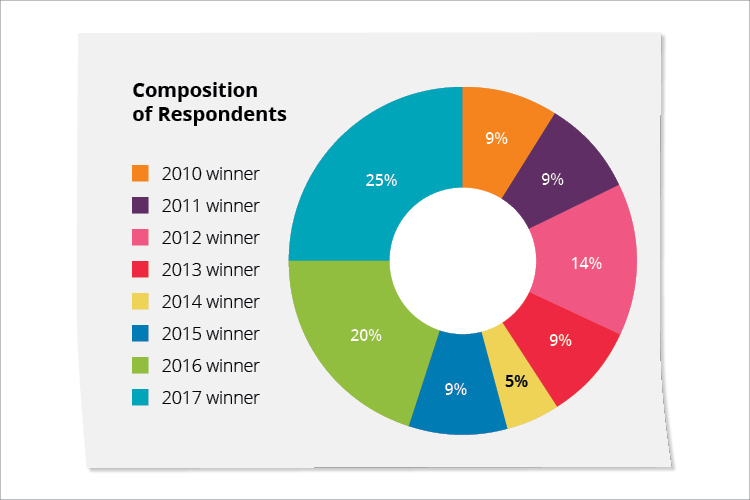
A little disturbing finding was that a little less than half of them have completed any kind of certification in the last two years. Every three out of four of the respondents said they have done some kind of certification in the last five years.
On being asked what subject did they do their last certification/training on, more than one-third pointed to leadership and business management skillswhile another big chunk—one in four—said it was on specific technical skills (such as SAP or MS skills) or regulatory or standard compliance that they updated their skills with. This, it may be pointed out, is often virtually a mandatory requirement. Project management remains another favorite area with one in five having done some certification in the subject.


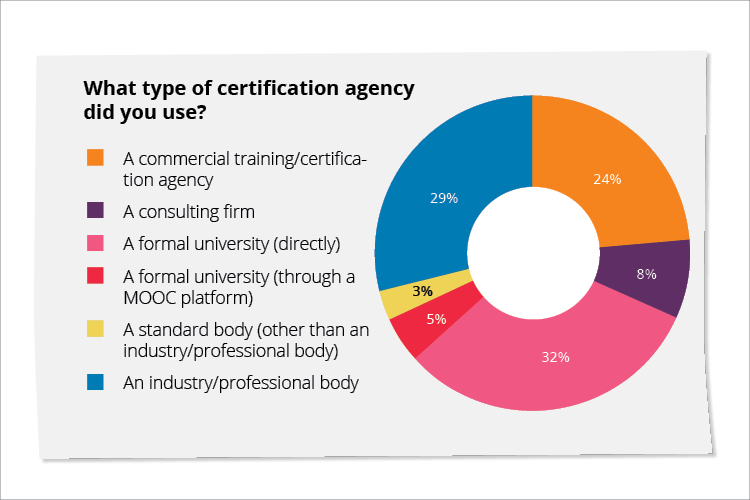
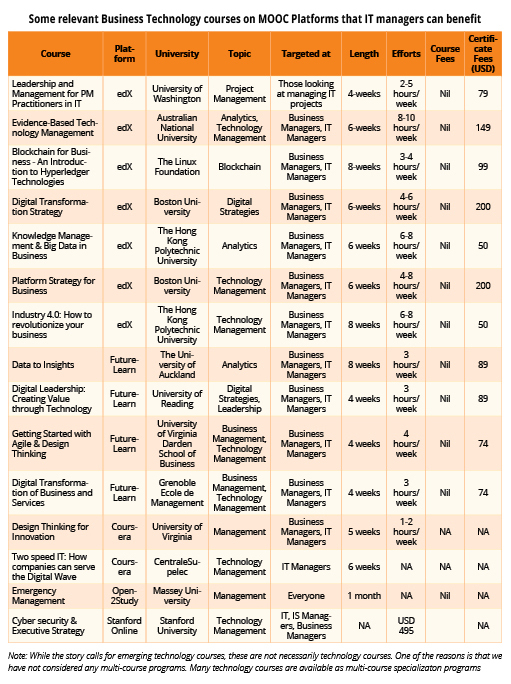
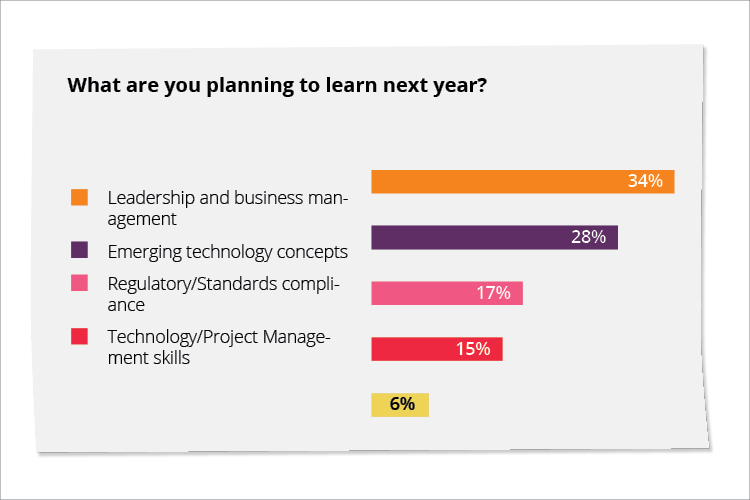
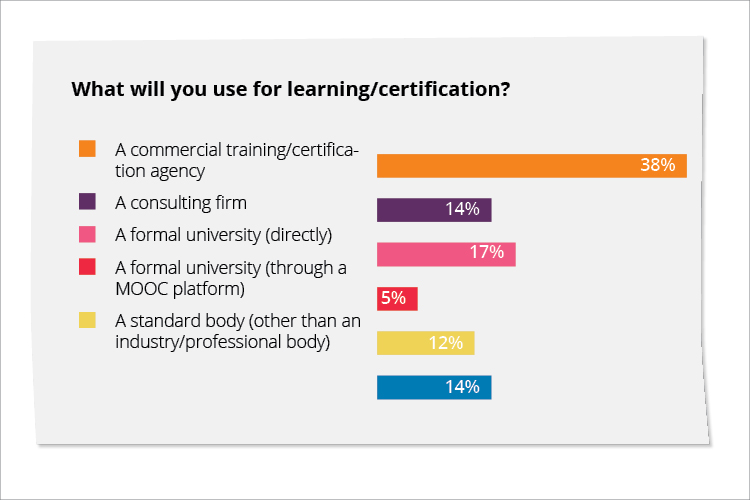

 In
In
Add new comment